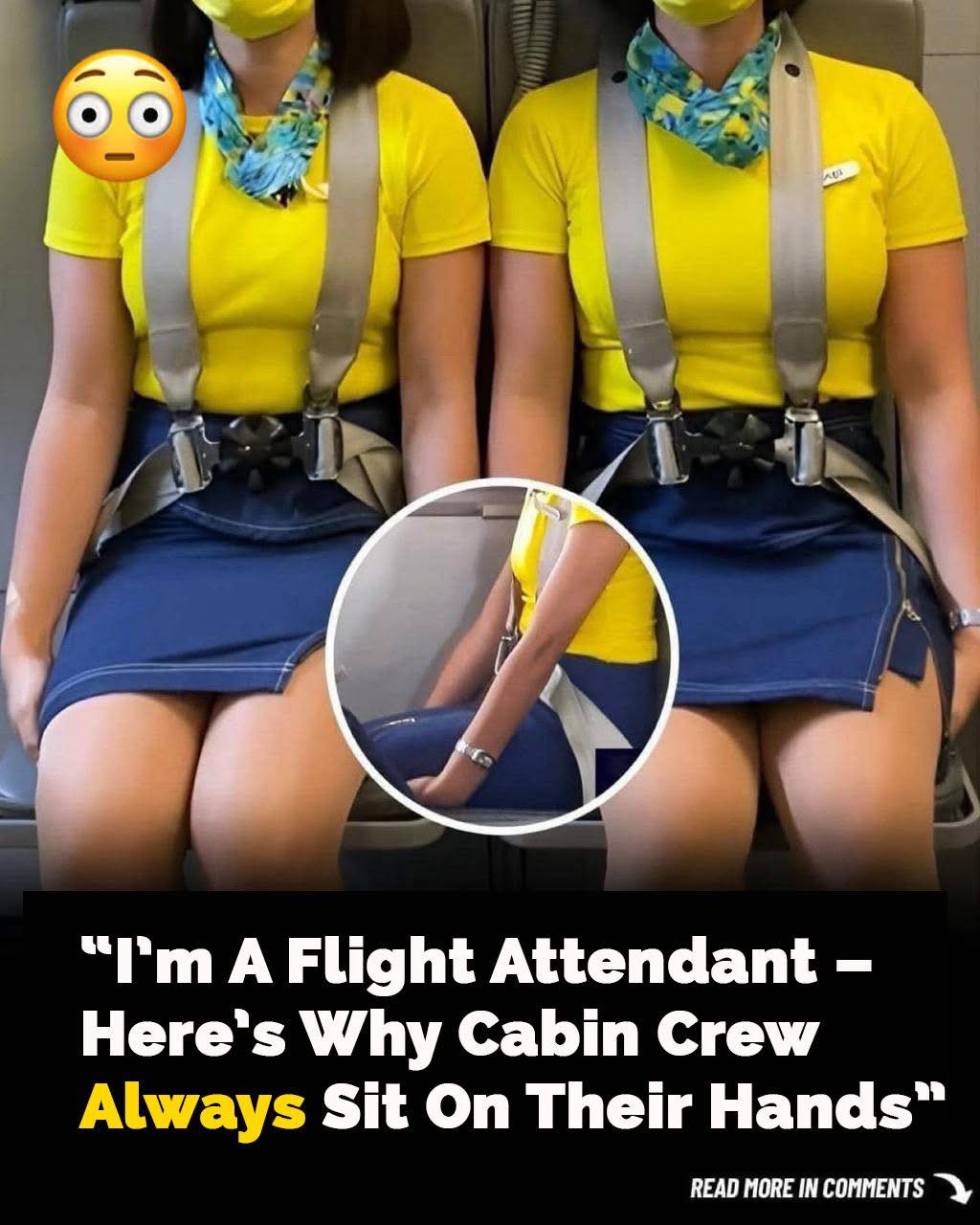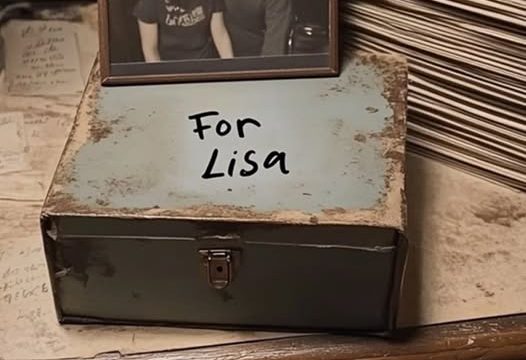
Ever noticed flight attendants sitting on their hands during takeoff and landing? It’s not just a quirky habit but a deliberate safety measure.
Understanding the Bracing Position
What Is the Bracing Position?
During takeoff and landing, flight attendants adopt a specific posture known as the bracing position. This involves sitting upright, securing the seatbelt, tucking hands under thighs, relaxing arms, and keeping both feet flat on the floor. This stance isn’t arbitrary; it’s designed to protect crew members during the most critical phases of flight.
Why Hands Under Thighs?
Tucking hands under thighs prevents involuntary movements during turbulence or sudden jolts. This self-stabilization minimizes injury risk, ensuring flight attendants can assist passengers immediately if necessary.
The Viral TikTok Revelation
Social Media Spotlight
In 2022, Cebu Pacific flight attendant Henny Lim shared a TikTok video demonstrating this practice, asking, “Have you ever wondered why cabin crew adopts this position during takeoff and landing?” The video, which regained popularity recently, showcases the bracing position and explains its significance.
Public Reaction
Viewers expressed surprise and appreciation for the insight, with comments like, “I had no idea this was a safety measure!” The video highlights the importance of seemingly minor protocols in ensuring passenger safety.
The Science Behind the Practice
Reducing Injury Risk
By maintaining a rigid posture and securing their hands, flight attendants reduce the impact on their bodies during emergencies. This preparedness ensures they remain uninjured and ready to assist passengers effectively.
Preventing Reflexive Actions
Sitting on their hands prevents flight attendants from gripping the harness or other objects during sudden movements, which could lead to injuries. This controlled posture is crucial for their safety and functionality during emergencies.
The Silent Review: Mental Preparation
What Is a Silent Review?
During takeoff and landing, flight attendants perform a “silent review,” mentally going over emergency procedures. This practice ensures they’re prepared to act swiftly and efficiently if an emergency arises.
Components of the Silent Review
-
Emergency Equipment Location: Knowing where all safety equipment is stored.
-
Evacuation Procedures: Revisiting the steps to evacuate passengers safely.
-
Communication Protocols: Ensuring clear and effective communication during emergencies.
Personal Preferences vs. Official Protocols
Is Sitting on Hands Mandatory?
While the bracing position is a standard safety protocol, sitting on hands isn’t officially mandated. Some flight attendants choose this method for added stability, while others rest hands on laps. The key is to avoid gripping the harness, which could lead to injuries.
Flight Attendant Insights
Veteran flight attendant Erin Thomas, with over 15 years of experience, prefers resting hands on her lap, stating, “It helps me appear calm.” This demeanor reassures passengers, as they often take cues from the crew’s behavior.
Passenger Perceptions and Reassurance
Calm Crew, Calm Passengers
A composed and professional demeanor from flight attendants during takeoff and landing can help reassure travelers. Understanding these safety measures can alleviate passenger anxiety and foster trust in the crew’s expertise.
Encouraging Awareness
Educating passengers about these protocols promotes a better understanding of in-flight safety measures, enhancing the overall travel experience.
Conclusion
The practice of flight attendants sitting on their hands during takeoff and landing is a deliberate safety measure aimed at protecting themselves and passengers. This posture, part of the bracing position, minimizes injury risk and ensures readiness to assist in emergencies. While not officially mandated, many flight attendants adopt this practice for added stability. Understanding these protocols offers passengers insight into the meticulous safety measures in place during air travel, highlighting the crew’s commitment to ensuring a safe journey for all.





